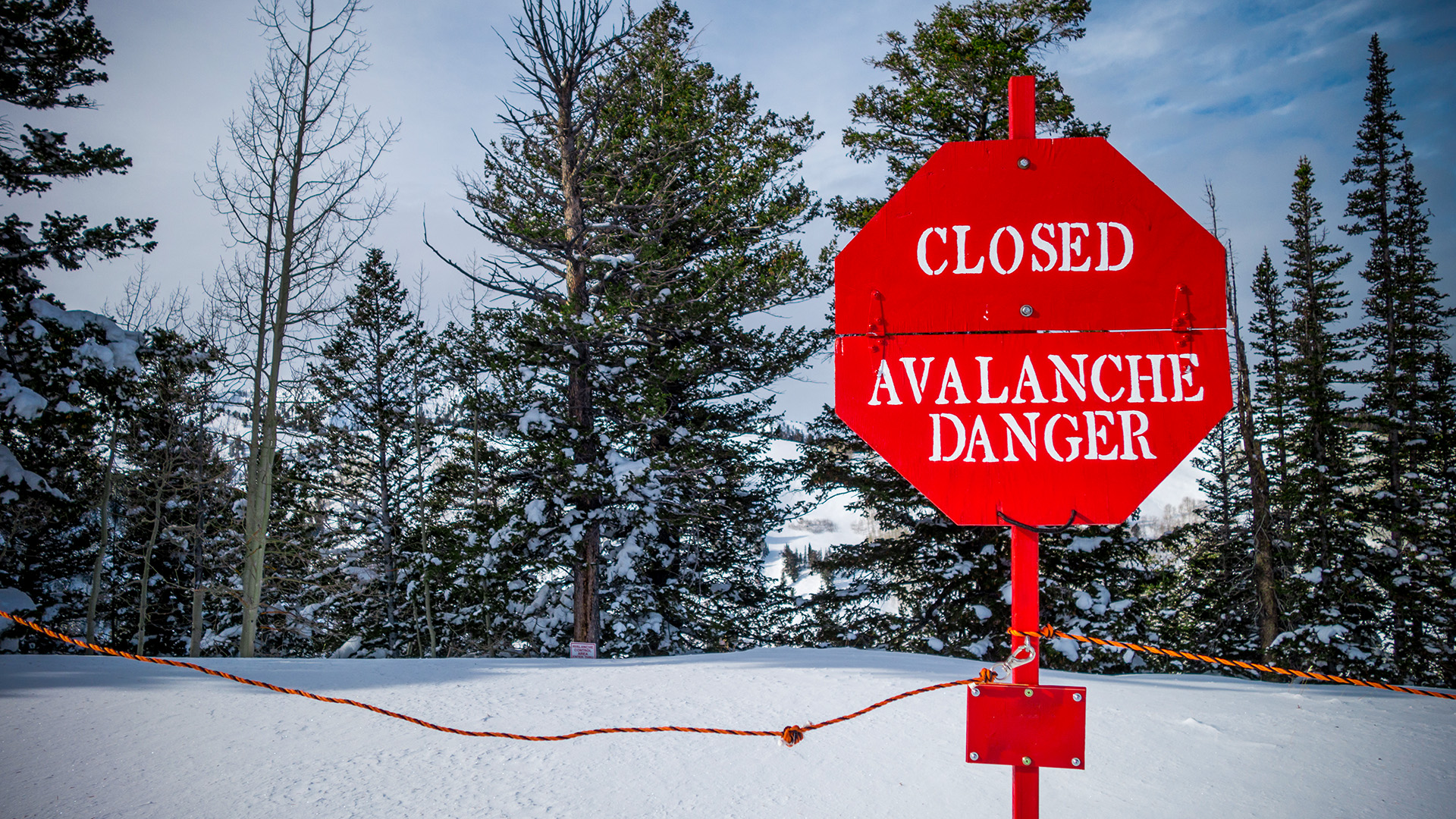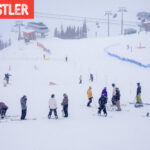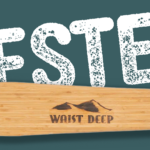
After a deadly accident last January, here are 5 tips for staying out of slides while in-bounds.
On January 10th there was an avalanche fatality inside the ski area boundary at Palisades Tahoe Ski Resort in California. This month, another in-bounds slide partially buried a skier at Lee Canyon Resort in Nevada. The two incidents have raised questions about whether skiers should carry avalanche gear while skiing at the resort–even if they don’t plan to head into the backcountry.
It’s important to remember that in-bounds avalanche accidents are extremely rare. The last one at a Canadian resort was in 2022 at Whistler and the one before that was in 2008 at Big White. Meanwhile, Canadian resorts host about 19-million skier visits every year.
Many more avalanche accidents happen just outside resort boundaries or on in-bounds terrain that is closed. The in-resort safety record is strong because ski patrols work hard to manage avalanche danger after storms and before opening new terrain. That includes bombing and ski-cutting slopes to encourage slides to happen while the area is closed to the public.
“Great efforts are made at every ski resort to prevent avalanche accidents,” says Rocket Miller, the mountain manager at Lake Louise Ski Resort. “We take care to create a safe environment for our guests. But avalanches can happen despite all our efforts.”
Ski Canada checked in with Lake Louise and neighbouring Sunshine Village for advice on staying safe from in-bounds slides.
Tip 1: Read the signs
Ski areas typically mark terrain that is steep enough to slide with ropes and avalanche warning signs. Sunshine Village Ski Resort says the number one thing skiers can do to stay safe is follow the rules: enter terrain through open gates only; don’t duck ropes; and read the signs. Avalanche conditions can change quickly and ski patrols respond by opening and closing terrain, sometimes during a ski day. When the terrain is closed, the signs are red. When the terrain is open, the signs are yellow. Yellow is still a cautionary colour, notes Miller. “That has to resonate with people more.”
Tip 2: Fight the FOMO
It’s easy to get caught up in the race for scarce pow turns, but both resorts stress the need for patience with the ski patrol, and your buddies. Patrol needs extra time to manage avalanche danger before opening terrain. Ducking ropes does not speed things up. And Miller says it’s important to develop a good ski buddy habit, for avalanche safety and also for the more deadly snow immersion hazard of tree wells. “Have a partner and be a real partner,” he says. “You need to stop and look and make sure your buddy is with you.”
Tip 3: Ski smart
“People ski lines they would never ski otherwise because of fresh snow,” says Miller. The danger is not just avalanches, but what might have been hidden by the fresh snow, such as rocks and stumps. On powder days he says we need to control our enthusiasm. Ski the main lines and the lines we have skied before. It’s not a time to explore. When travelling, he suggests engaging with locals and asking them to share tips for safe places to ski.
Tip 4: RECCO is not a beacon
RECCO technology is built into more and more ski gear. It’s a passive reflector that’s sewn into jackets, pants, boots, helmets and more. The reflectors don’t need a charge and last indefinitely. Most ski patrols have RECCO detectors and respond with them to any avalanche accident. Using a handheld RECCO detector searchers can scan an avalanche to locate a reflector buried in the snow. But reflectors are not a replacement for an avalanche transceiver which has a longer range to speed up searching. RECCO locators are better than nothing, but they’re more of a body recovery tool.
Tip 5: Take an avalanche course
Sunshine Village recommends anyone who routinely skis in avalanche terrain at the resort should take an introductory avalanche course. “Understanding snow science will make you a more responsible skier and snowboarder,” the resort says. The education will help skiers identify avalanche-prone terrain and educate them about what to do in an accident.
As to the question of whether you should bring your avalanche gear to the resort on a powder day? Miller notes for many ski patrollers and regular backcountry skiers wearing an avalanche beacon is so habitual, they always put it on, even when riding the resort for fun.
Our advice: for most people, most of the time, there’s no need for avalanche gear at the resort. But if you already own a beacon, probe, shovel and–most important–possess the knowledge to use them, you probably won’t regret bringing them along on the big powder days.




